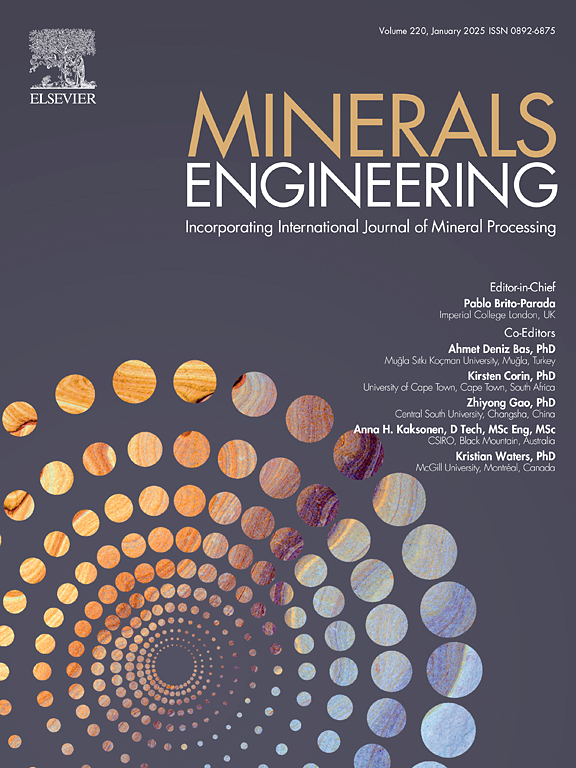Optimization of degradation of potassium ethyl xanthate using Fe2O3/TiO2/Flyash nanophotocatalyst using Taguchi statistical approach
Abstract
Xanthate from mineral processing wastewater is a major threat to the ecosystem. Photocatalysis is emerging as the most effective process with the invention of new nanophotocatalytic materials. The present research focuses on developing the ternary nanocomposite Fe2O3/TiO2/Flyash by a facile hydrothermal method combined with a water bath precipitation method for the efficient degradation of potassium ethyl xanthate (KEX). Taguchi’s experimentation (L16) orthogonal array is used for the optimization of process parameters to get maximum KEX degradation efficiency. The optimized parameters are found to be calcination temperature 400 OC, photocatalyst dosage 0.7 g/L, pH 5, pollutant concentration 10 mg/L, and light intensity 100 W. The percentage contribution of each parameter is obtained through the ANOVA statistical approach as calcination temperature > pH>pollutant concentration > photocatalyst dosage > light intensity. The adsorption mechanism follows the Freundlich isotherm and fits well with pseudo-first-order and second-order kinetics. Material characterization is also done to analyze the crystal structure and morphology of the newly developed nanocomposite to gain a better understanding of the mechanism. This study indicates that the newly developed nanocomposite photocatalyst can effectively degrade potassium ethyl xanthate under light irradiation for 60 min.

 求助内容:
求助内容: 应助结果提醒方式:
应助结果提醒方式:


